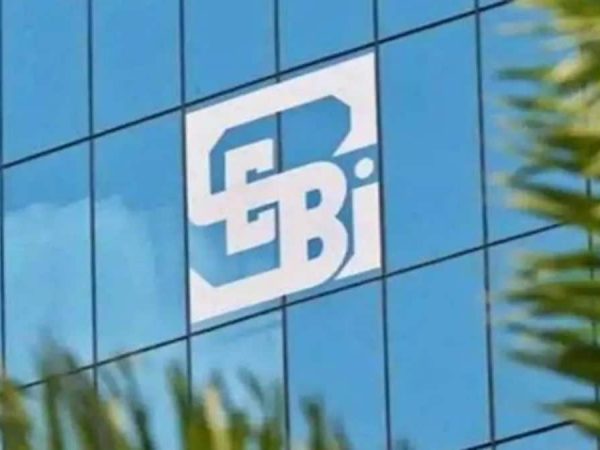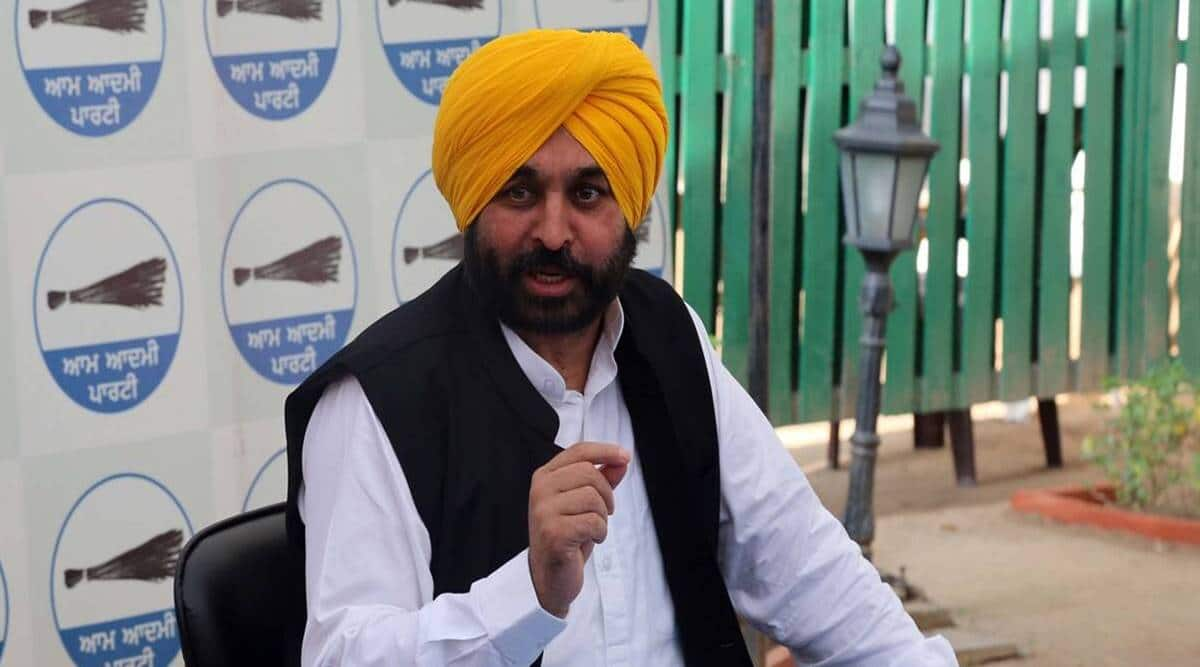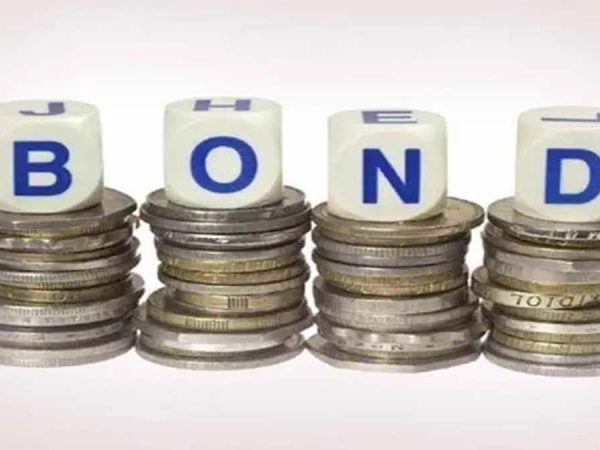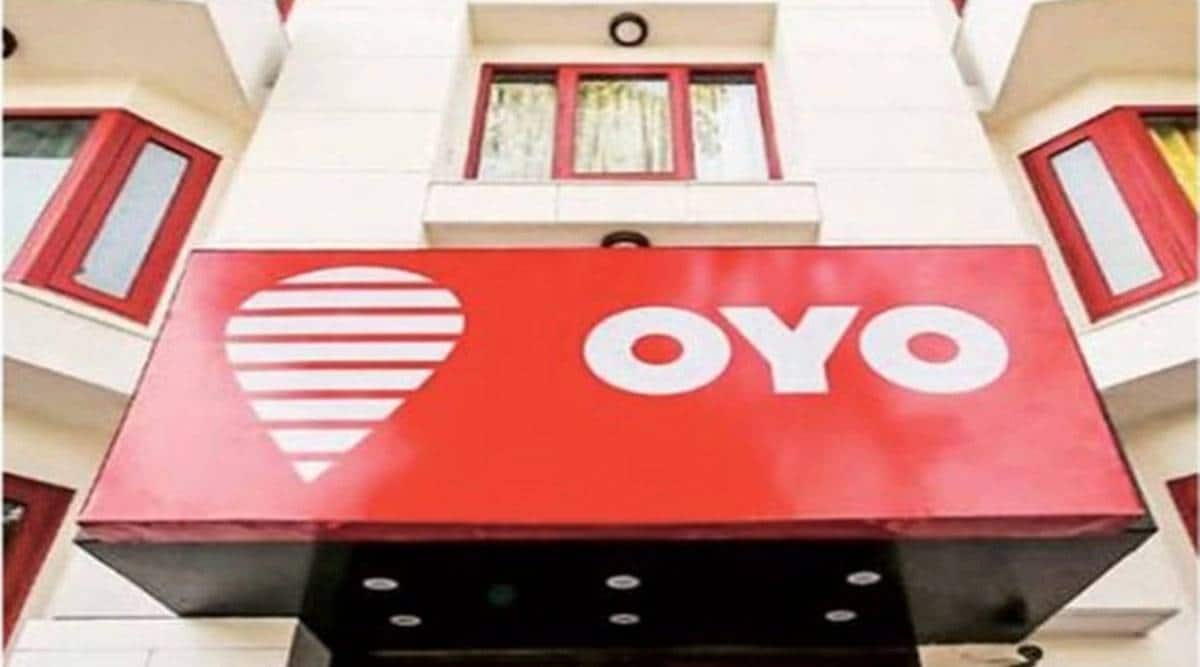Sebi working on ASBA-like facility for secondary markets
Sebi chairperson Madhabi Puri Buch on Wednesday said the regulator was engaging with various stakeholders to introduce ASBA-like facility for transactions in the secondary market. At present, applications supported by blocked amount (ASBA) is used for applying to initial public offerings wherein an applicant’s account doesn’t get debited until shares are allotted to them.
“The regulator is trying to facilitate direct movement of securities and money to the issuer or the exchange. If money is passed through many hands, there is a structural vulnerability that arises at different stages. The attempt is to eliminate the process of wrongdoing through technology and process re-engineering. As a regulator, we are setting the pace globally,” Buch said at the Global Fintech Fest held at Mumbai.
Also Read: SC junks Yash Birla’s plea against Sebi in GDR case
Buch asked entrepreneurs and startups to eschew business models built on anonymity and ones that come with exit barriers for customers. She goaded the fintech community to work towards financial inclusion and build infrastructure that is inclusive by lowering the cost of delivery and allowing businesses to afford financial inclusion.
“We follow a hybrid of rules- and principles-based regulations. Startups need to think about the principles that may guide the regulator. You will be ahead of the curve if you anticipate what the regulator will do”, said Buch.
She highlighted four guiding principles for entrepreneurs. “While on social media, I can call myself Sunflower 500, but in the fintech world anonymity is not something that the regulator is going to permit. If anonymity is going to be a key selling proposition, it is not okay,” said Buch.
The second principle is regarding transparency and ensuring investors or customers take informed decisions. “The business model cannot be woven around a black box. If the regulator senses there is inadequate disclosure, then is the investor being conned? If your claims cannot be validated and audited, then your business model is under threat”, she said.
The third principle is around financial inclusion. “If you can demonstrate that your business model supports financial inclusion, the regulator will be supportive and will make things easier for you,” she said.
Buch said businesses that build barriers for customers wanting to exit are unlikely to find favour with the regulator. “There are business models that work on the assumption that once the consumer is in, it will be hard for him to get out.” Sebi does not want ‘Abhimayus’ in the market. The principle of “ek baar bakra aa gaya toh usko bahar jaane nahin denge” won’t work, she said.
Buch said the infrastructure for innovation – such as Aadhaar, or UPI or account aggregator – is a public good, and private innovation needs to build on top of those rails. “If the idea is to own the infrastructure, let’s remember that’s not the path that India takes. Markets thrive on data. Every piece of data must be disclosed and has to be available free of cost and in a machine-readable format. For us, data is a public good. No private person can claim ownership on this,” she said.











Recent Comments